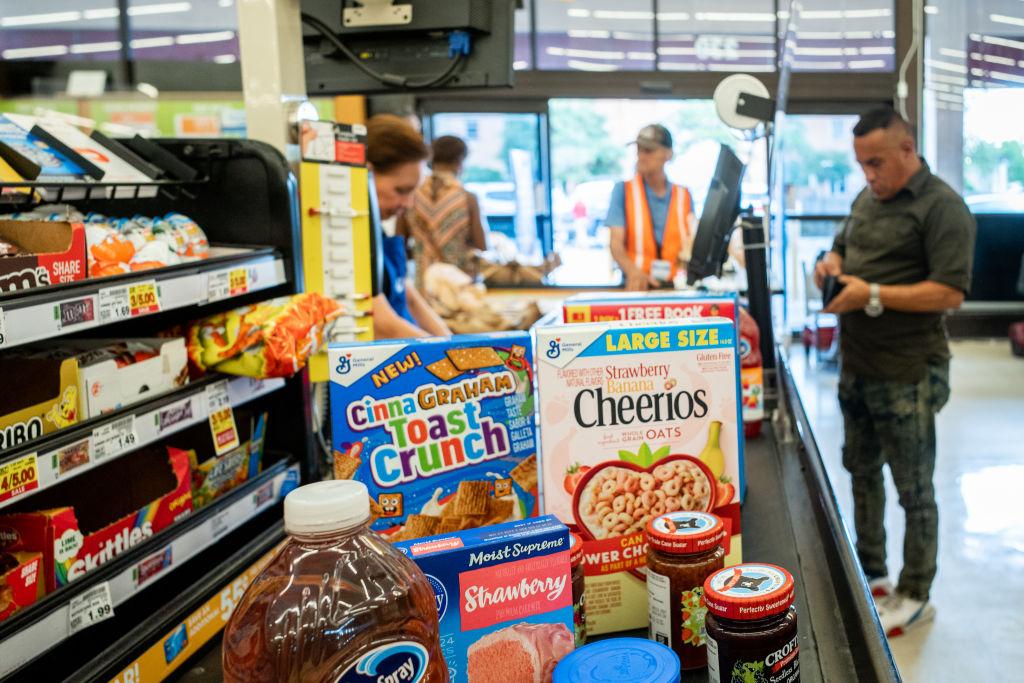Middle-class Americans were the hardest hit group by skyrocketing inflation in 2022, Congressional Budget Office (CBO) says.
Inflation has cut into the finances of the middle class more than that of low- and high-income households, according to a CBO report from Sept. 22.
Annual U.S. inflation rates have hovered in around the low- to mid-8 percent range since the summer began, with the highest rates in roughly 40 years.There have been massive price increases for the three key household expenditures this year—food, housing, and energy—much of it due to supply chain problems.





